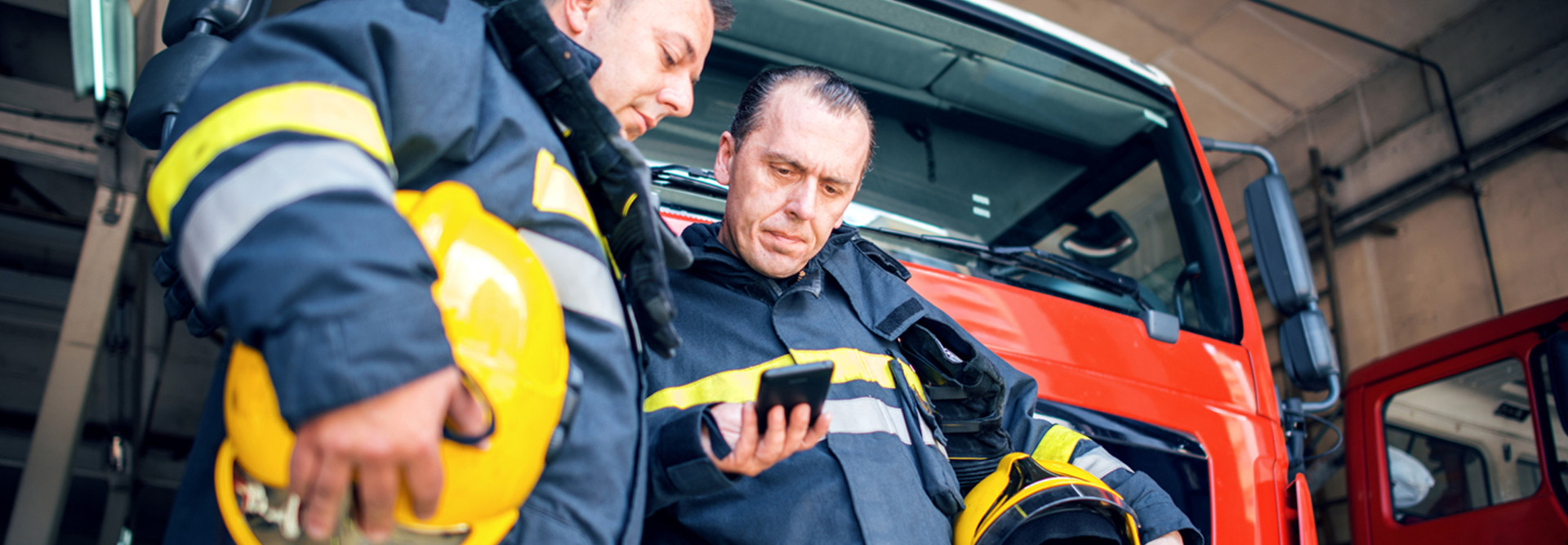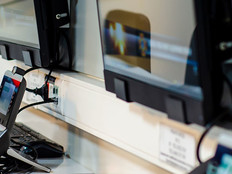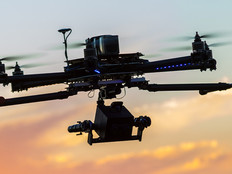How IoT and FirstNet Aid Fire Response and Recovery
When firefighters are called to a burning building, it’s critical that they understand who might be trapped inside the blaze. To quickly identify victims, IoT sensors, including Bluetooth low energy beacons, can be placed within homes and other structures to provide indoor positioning information. Proximity sensors can determine an individual’s location to first responders, and wayfinding applications can guide responders to people inside.
Using maps that show the location of people in a building, firefighters could easily locate them to evacuate them safely. Additionally, smart city technologies will eventually allow first responders to view building floor plans, utilities layouts and underground maps that can help them navigate power systems or wiring configurations that need to be accessed in the event of a fire.
Using FirstNet, firefighters rescuing victims from inside a building could easily communicate with EMTs outside or share heat map data with other firefighters assisting with the recovery process.
Connected Tools Can Improve Traffic Accident Management
One of the most promising applications of smart city technology is traffic efficiency and accident management. Not only is this made possible by smart sensors placed on and around roads, but it also leverages the massive amounts of data generated by cars today.
With IoT sensors, cities could be more proactive when responding to traffic accidents. For example, when two cars collide, each vehicle could transmit data to a cloud-based software program, which would alert first responders to a crash.
Instead of waiting for dispatchers to share details, the appropriate agencies can respond in real time by knowing the exact location of the incident. And with FirstNet, public safety officials can easily dispatch additional agencies or specialty units as needed.
Tech Helps Reduce Threats to Public Safety
Some of the most dangerous and uncertain situations for first responders are active shooter situations. It can be extremely challenging to identify where victims or potential suspects are located, and how first responders can bring victims to safety.
Whether a shooting event takes place inside or outside of a building, IoT sensors can give first responders information on where gunshots have happened based on increased sound levels or density of people.
For emergency managers, that enhanced data allows them to respond to public safety threats more quickly and efficiently, so more lives can be saved.











